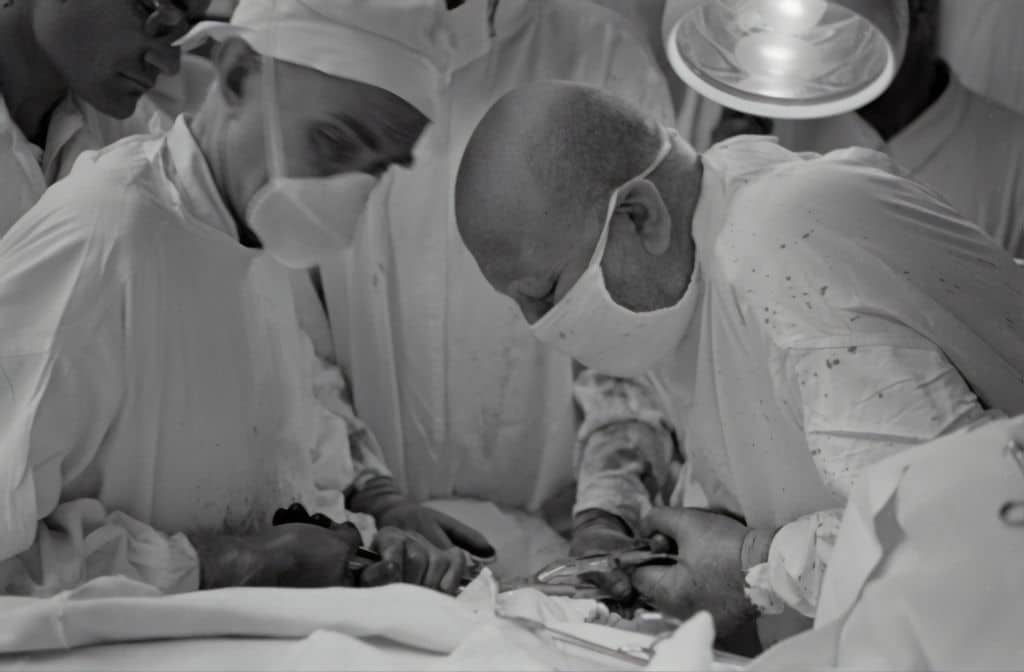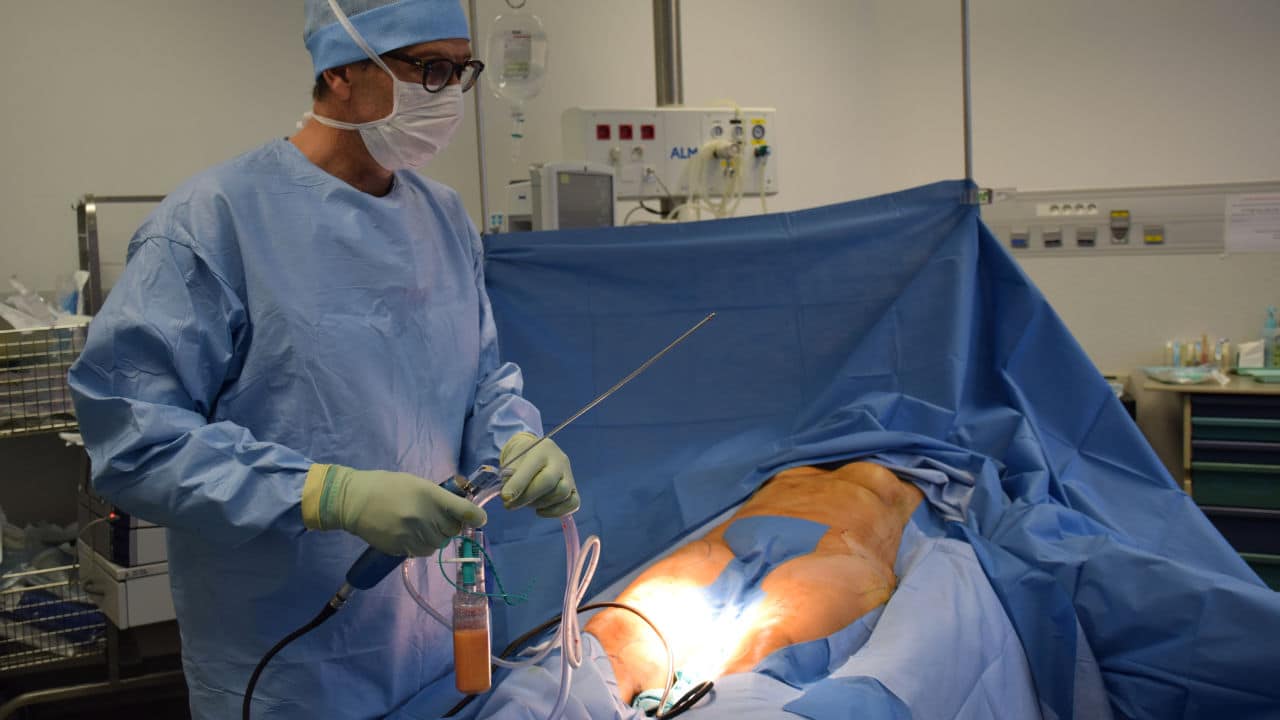Medical surgeries are a big deal, even those referred to as non-major surgeries. Some surgeries are performed as an emergency, while some are scheduled and planned. In both circumstances, surgeons are required to observe the highest level of care required in medical practice. This is why the medical personnel involved in every surgery have to do their scrubs before allowing entry into the theatre. To ensure a successful surgery, medical personnel must maintain the highest level of hygiene and medical expertise. However, when the medical expertise or hygiene is compromised, the procedure can go wrong and cause severe harm to the patient. One of such surgeries that is prone to error when reasonable care is not taken is vascular surgery.
What is Vascular Surgery?
In an article by Euracare, vascular surgery is defined as “a surgical subspecialty in which diseases of the vascular system, or arteries, veins, and lymphatic circulation are managed by medical therapy, minimally-invasive catheter procedures, and surgical reconstruction.”
Vascular surgeries are performed when there is a problem with a person’s vascular system, such as non-healing wounds caused by a vascular disease like peripheral vascular disease (PVD), diabetes vascular disease, critical limb ischemia, aortic aneurysms, and acute deep vein thrombosis.
What Are The Possible Errors A Surgeon Can Make During Vascular Surgery?
Mason (2013), in her article, discussed the risks involved in vascular surgeries. She stated that “the unique and complex vascular and endovascular theatre environment is associated with significant risks of patient harm and procedural inefficiency. Accurate evaluation is crucial to improve quality.”
When errors happen, there may be lawsuits against the surgeon because of the harm that the patient has faced. The attorney can use medical animation during their case arguments to show the risk that has been allowed during the surgery and the subsequent harm caused.
There are different kinds of errors that can happen during a vascular surgery which, of course, results in harm to the victim. They are as follows:
- Incomplete or incorrect initial assessment
Before vascular surgeries are performed on a patient, adequate testing must have been carried out.
A duplex ultrasound must be done on the patient to examine all underlying veins. This way, varicose veins can be tracked and identified separately from other veins. If this step is omitted, the surgical procedure will be faulted by errors.
This way, the surgeon would be blindsided when an unexpected state of organs is seen during surgery which could have been prepared for had the tests been done thoroughly and accurately.
- Use of wrong procedure during surgery
For every surgery, there is a specified and accepted procedure that must be used to achieve the goal of the surgery.
Sometimes, by omission or other reasons, surgeons fault such procedures and fail to follow the precedential manner in which things are normally done.
For instance, there could be a problem if the surgeon fails to use preoperative and perioperative antibiotic prophylaxis in a vascular case. Or, if the surgeon treats the spider veins before treating the feeder veins, the procedural error can cause harm to the patient. These procedures are essential and must be followed.

However, oversights or lack of skills and experience can lead to the use of a wrongful procedure.
If a situation like this should appear before the court, there would be a need for an expert witness well versed in the performance of vascular surgeries. The expert witness must be able to tell the procedural errors made and the resultant harm accurately.
With the use of medical animation, the expert witness would tell and show the court how the error was made and the harm that followed the error.
- Inadequate follow-ups
After surgery has been completed, there is a need for follow-up by the surgeon to ensure that the patient’s state is stable and to instantly treat complications that may arise because of the nature of the surgical procedure that has been carried out.
When there is an incomplete or inadequate follow-up, harm can be caused to the victim, making the patient’s health deteriorate rapidly.
When inadequate follow-up comes up in a case, medical animation will help show the harm that has been caused to the victim.
Conclusion
From the above, it can be seen that when vascular surgeries are not properly conducted, there is a risk of renal failure, hemorrhage, vessel nerve injury, or graft infection.
Medical animation is a go-to solution for illustrating the harm that has been done in vascular surgery cases.





